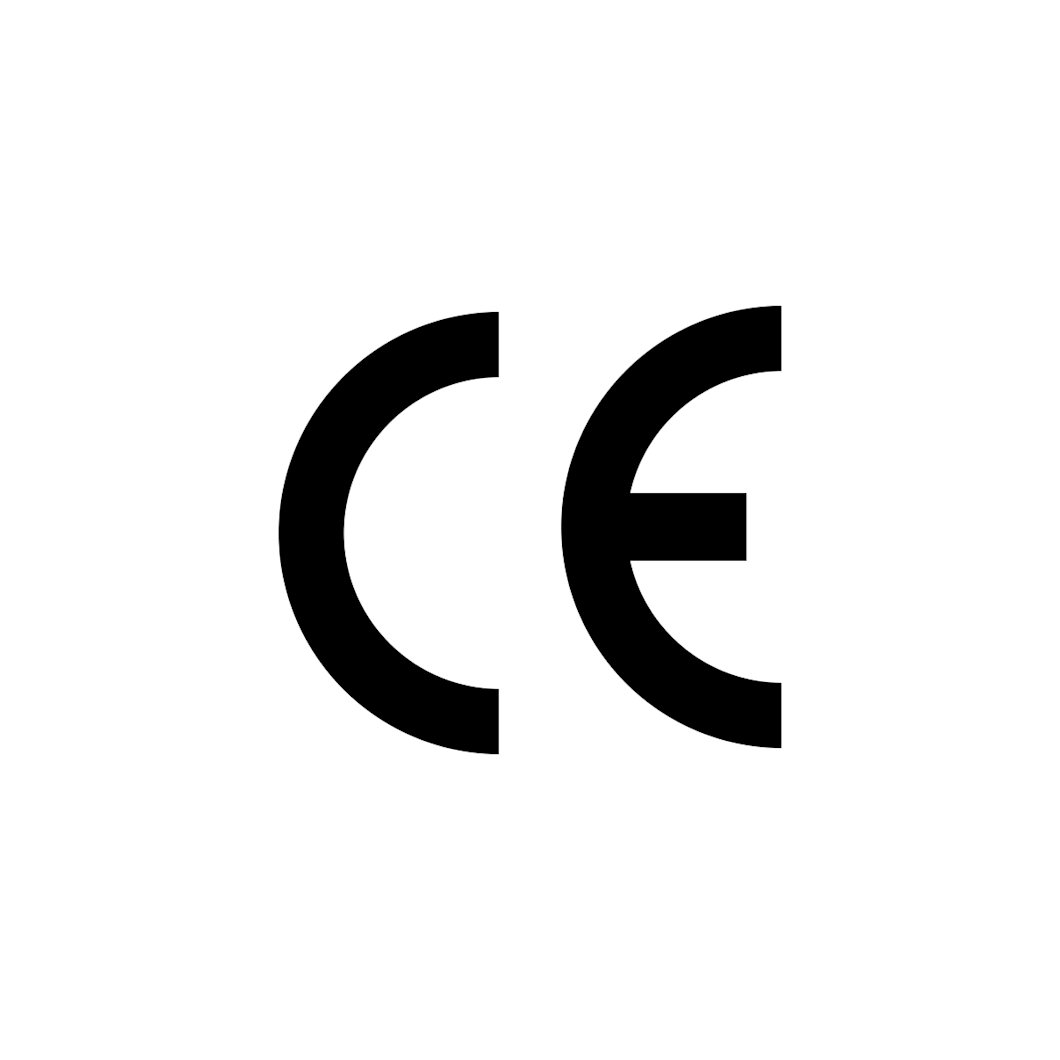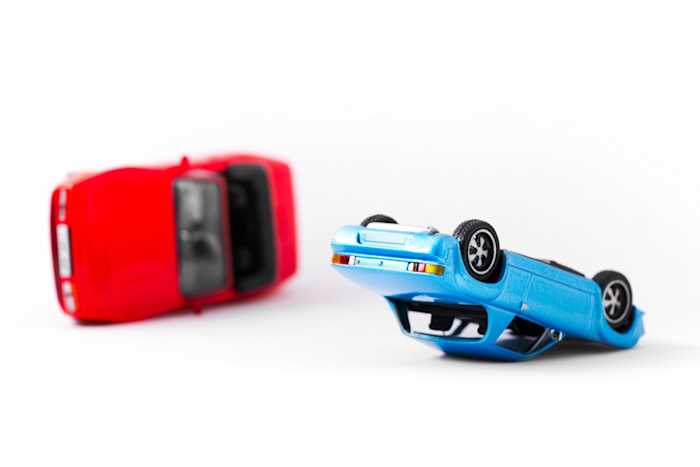Testing for CE marking


Which products require a CE marking?
The requirement to affix the CE marking to certain types of products is outlined in the relevant harmonized EU legislation. The marking is mandatory for these products – and conversely, must not be displayed on products that do not require a CE marking.
Examples of products that require a CE marking include the following:
Toys (as required by the Toy Safety Directive 2009/48/EC)
Medical devices (Medical Devices Regulation (EU) 2017/745)
Electrical appliances (Low Voltage Directive 2014/35/EU)
Construction products (Construction Products Regulation (EU) 2024/3110, which recently repealed Regulation (EU) 305/2011)
By affixing the CE marking to a product, the manufacturer declares that the product complies with the applicable EU-wide legislation and harmonized standards.
Please note that Measurlabs can only provide testing services for products that require CE marking. We cannot help with the technical documentation or provide guidance on the certification process.
Safety of toys - Migration of certain elements (EN 71-3)
Phthalates analysis package (REACH)
Chemical characterization of medical devices according to ISO 10993-18
EN 13501-1: Fire classification of construction materials and building elements
Prices excluding VAT.
How is CE marking obtained?
The manufacturer is responsible for affixing the CE marking to a product and for ensuring that this is only done after compliance with the relevant requirements is assessed. The process comprises the following steps:
Performing a conformity assessment, including laboratory testing to ensure the product complies with applicable EU regulations. Self-certification is sufficient for most products, but certain high-risk products need to be assessed by a notified body.
Putting together technical documentation to substantiate conformity claims, including key product details, instructions of use, and test results.
Drafting and signing a Declaration of Conformity (DoC), indicating that the manufacturer takes full responsibility for the product’s compliance.
Affixing the CE marking to the product and ensuring that it is visible, legible, and lasting.
It is crucial to follow the correct procedure, as incorrect use of CE marking can lead to authorities removing the product from the market. Successful CE marking, on the other hand, allows the product to be traded in the EEA without restrictions.
Measurlabs offers a wide range of standardized tests for products that require CE marking. Regarding questions related to documentation for the certification process, we recommend contacting a consultant, such as Sertifiointi.com.
Get a quote
Fill in the form, and we'll reply in one business day.
Have questions or need help? Email us at info@measurlabs.com or call our sales team.